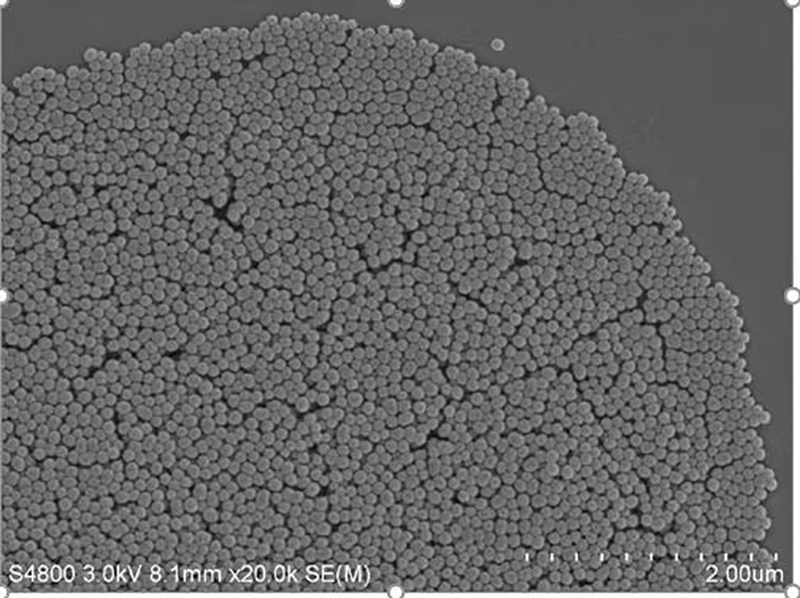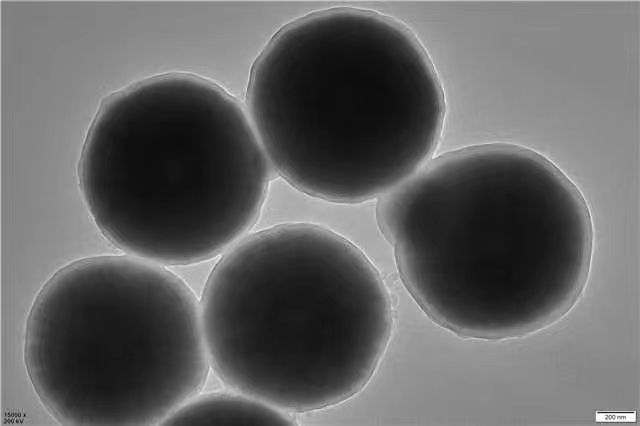Magnetic beads are mainly used in immune diagnosis, molecular diagnosis, protein purification, cell sorting, and other fields
Immunodiagnosis: Immunomagnetic beads are composed of magnetic particles and materials with active functional groups. Protein ligands (antigens or antibodies) are covalently coupled to the functional groups of magnetic beads, and then immunoassay is performed using magnetic bead protein complexes.


Molecular diagnosis (nucleic acid extraction): Nanoscale magnetic beads with surface groups that can adsorb nucleic acid can be separated and adsorbed by a magnetic field, and then eluted to obtain template nucleic acid.
Protein purification: Cross linked agarose covalently coupled with recombinant fusion protein A/G on the surface of magnetic beads, a specific binding protein of ProteinA/G, and finally eluted to obtain purified antibodies.
Immune Diagnosis and Molecular Diagnosis:
One of the key applications of magnetic beads lies in immune diagnosis, where they have become indispensable tools for accurate disease detection. The unique characteristic of magnetic beads arises from their ability to capture and separate specific antigens or antibodies from patient samples, simplifying the diagnostic process. By covalently coupling protein ligands, such as antigens or antibodies, to the functional groups of magnetic beads, researchers can perform immunoassays efficiently and with enhanced precision.Molecular diagnosis, another fascinating field, benefits greatly from the use of magnetic beads. With molecular diagnostic techniques gaining prominence in recent years, magnetic beads play a crucial role in isolating and extracting nucleic acids, such as DNA or RNA, from biological samples. These beads act as solid supports, facilitating the efficient capture and purification of the target molecules. This advanced approach has enabled scientists to achieve more accurate and reliable diagnosis, leading to better patient outcomes.
Protein Purification and Cell Sorting:
Magnetic beads also find extensive use in protein purification, a critical process in drug development and biochemistry research. By coupling specific ligands to the beads, researchers can selectively bind and extract target proteins with high purities and yields. This purification method significantly accelerates the overall research process, allowing scientists to analyze and study proteins in a more detailed manner.Cell sorting, a vital component of various medical and research applications, is yet another field significantly benefited by magnetic beads. These beads, conjugated with biomarkers or antibodies, facilitate the isolation and classification of different cell populations. By utilizing a magnetic field, scientists can efficiently sort and separate cells based on their physical and functional characteristics. The ease and accuracy of this technique have strengthened research efforts in understanding complex cellular processes, such as cancer progression and immune response.


Post time: Jun-25-2023

